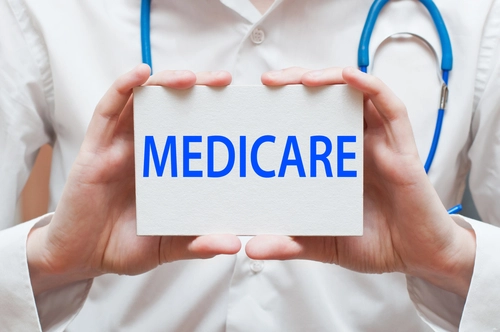Part B Insider (Multispecialty) Coding Alert
CMS Delivers Some Shockers in CY 2019 MPFS Proposed Rule

Get ready for more shortcuts and rollbacks — but, at a cost.
The feds continue slashing paperwork requirements with their deregulation revolution. And these long-anticipated rollbacks do significantly curtail outdated policies, which may come as a relief. But don’t get too excited — some action points may leave you with a lot less money in your pocket.
Context: CMS dropped a few bombshells in last month’s Federal Register release of the proposed Medicare Physician Fee Schedule (MPFS) for CY 2019. The big news: The agency plans on a complete overhaul of E/M office visit documentation, billing, and payment as well as pro-health IT changes that will greatly impact Medicare Part B payment.
“Physicians tell us they continue to struggle with excessive regulatory requirements and unnecessary paperwork that steal time from patient care,” said CMS Administrator Seema Verma in a press release on the MPFS. “This Administration has listened and is taking action.”
She stressed, “The proposed changes to the Physician Fee Schedule and Quality Payment Program address those problems head-on, by streamlining documentation requirements to focus on patient care and by modernizing payment policies so seniors and others covered by Medicare can take advantage of the latest technologies to get the quality care they need.”
Here’s a short list of other topics the 1,000-page-plus CY 2019 MPFS proposed rule hits on:
- Conversion factor. Lower than last year’s 10-cent bump, the conversion factor proposal is nothing to write home about at a 6-cent increase for inflation and slated to go from $35.99 to $36.05.
- Telehealth. Two more codes for telehealth — HCPCS codes G0513 and G0514 (Prolonged preventive service(s)) — as well as 2018 Bipartisan Budget Act telehealth requirements for end-stage renal disease (ESRD).
- Virtual care. Payment increases for the use of audio and visual communication that “leverage technologies” with two HCPCS codes for virtual check-in with patients (GVCI1) and for the remote monitoring of images (GRAS1), according to the MPFS data.
- Part B drugs. The proposed rule wants to see beneficiaries get their meds for less. “Effective January 1, 2019, [wholesale acquisition cost] WAC-based payments for new Part B drugs during the period first quarter of sales when ASP is unavailable, the drug payment add-on would be 3 percent in place of the 6 percent add-on that is currently being used,” the fact sheet advises.
Medicare Advantage. MIPS requirements would be waived for Medicare Advantage providers interested in participating in the QPP. The program will be called the “Medicare Advantage Qualifying Payment Arrangement Incentive (MAQI) demonstration” and is for clinicians whose “arrangements are similar to Advanced APMs,” explains the fact sheet.
“Today’s reforms proposed by CMS bring us one step closer to a modern healthcare system that delivers better care for Americans at a lower cost,” said Alex Azar, HHS Secretary in a press statement. “Such a system requires empowering American patients by giving them price and quality transparency and control over their own interoperable health records, goals supported by CMS’s proposals.”
Next steps: This is just a sampling of what CMS mentions in the CY 2019 MPFS proposed rule. Other updates impact clinical lab and ambulance fee schedule changes, therapy services, practice expenses (PEs), price transparency, new procedure codes and code revaluations, a Stark Law request for information (RFI), and more.
Resource: For a closer look at the MPFS proposed rule for CY 2019, visit https://s3.amazonaws.com/public-inspection.federalregister.gov/2018-14985.pdf.
Related Articles
Part B Insider (Multispecialty) Coding Alert
- Policy:
CMS Delivers Some Shockers in CY 2019 MPFS Proposed Rule
Get ready for more shortcuts and rollbacks — but, at a cost. The feds continue [...] - Evaluation and Management:
Specialty May Determine Pay Gains with CY 2019 MPFS Proposal
Hint: Suggested E/M documentation changes could balance shortcomings. If a hefty portion of your Part [...] - Part B Reimbursement:
Manage MIPS with Changes in the MPFS Proposals
Expect eased requirements in next year’s plans. If you just got the hang of the [...] - Part B Coding Coach:
Master MRI Coding with Advice from the Experts
Anatomy and guidance questions factor into correct coding. Physicians sometimes perform a magnetic resonance imaging [...] - Reader Question:
Is Your Practice Appeal Policy Up To Date?
Question: We were a solo practice for about 15 years, and the founding physician’s wife [...] - Physician Notes:
PECOS Security Is Important, Too
Plus: Devise HIPAA compliance protocols for device disposals. HIPAA requires that practices safeguard their patients’ [...]




